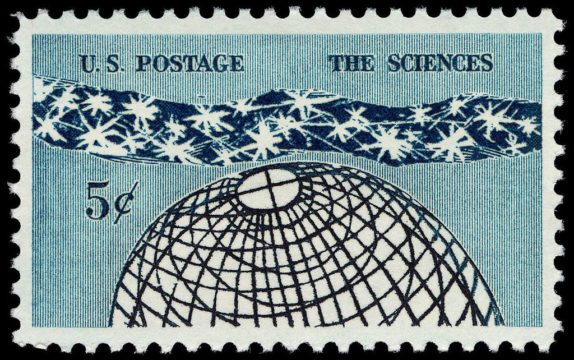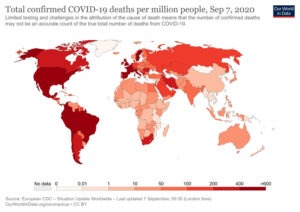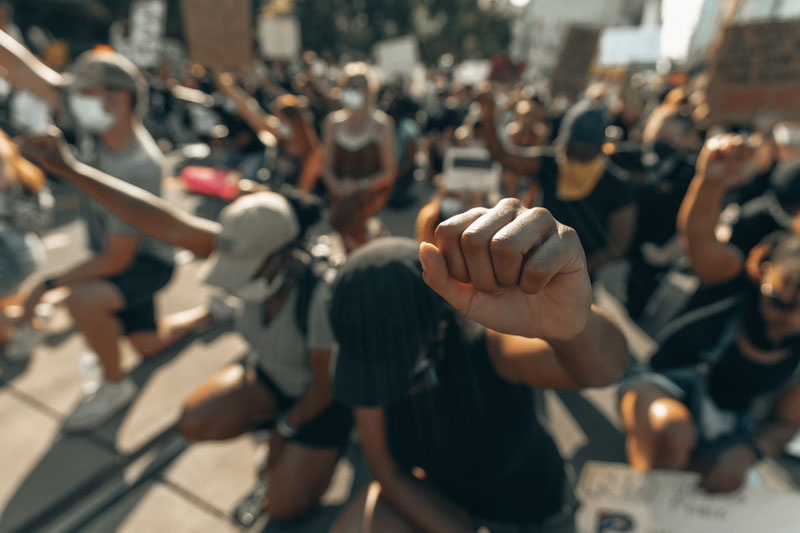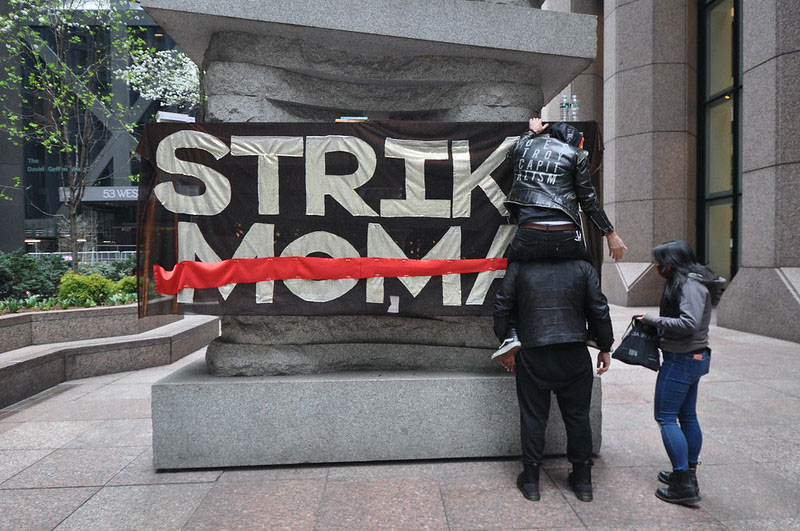
April 12, 2017, Science
Scientists are leaving their comfort zones of study and experiments on April 22nd to advocate for themselves. Joined by professors, students, and supportive communities, they will march to protest proposed budget cuts and to do what advocacy does—get the word out that they are here and doing good work. Of course, they will also analyze the day.
March for Science’s primary event, the March for Science (M4S) on Earth Day, has received an endorsement from a scientific journal, Nature, an uncommon move for a peer-reviewed periodical.
All of this is in response to the proposed downsizing of federal scientific organizations in Washington, D.C., by the new administration and the slashing of their budgets. The National Institute of Health could lose 18 percent, or almost $30 billion dollars, while the Environmental Protection Agency would take the biggest hit, cutting 31 percent of funding and laying off a fifth of the staff, about 3,200 people. The EPA Office of Research and Development would be cut in half.
According to the M4S website, marchforscience.com, over 500 marches will take place on Saturday to underline the importance of scientific research and discovery. New York alone has at least 18 marches planned. And, as people march, some scientists will seek to study them. The University of Maryland is sending a team of sociologists and students to the main march event in Washington, D.C., with a two-page survey, hoping to get data from at least 500 marchers. They want to know the participants’ motivations, their level of activism, and their personal work. The University of Michigan at Ann Arbor is sending their own team; they will use a six-page survey to look at the political identities of about 250 individuals. There will be a team from George Mason University working through social media, and another team from the University of Wisconsin in Madison led by a political scientist.
Sign up for our free newsletters
Subscribe to NPQ's newsletters to have our top stories delivered directly to your inbox.
By signing up, you agree to our privacy policy and terms of use, and to receive messages from NPQ and our partners.
Surveys always come with challenges, from getting people to participate to recording the responses, whether through paper on clipboards or computer tablets or video recording. Finally, there’s the resultant data.
Jonathan Berman, an M4S co-chair, says the steering committee is reviewing requests from several researchers interested in contacting their supporters. “We’re looking forward to working with social scientists who do know how to ask the right scientific questions to generate scholarly output about the march,” says Berman, a postdoc at the University of Texas Health Science Center in San Antonio. Berman says that it’s unlikely any decisions will be made until after the march, however, a timeframe that Myers says “wouldn’t be a problem.”
Survey researchers also worked with the Women’s March on January 21st, which had a surprisingly low refusal rate at 7.5 percent. It’s the lowest decline percentage that the University of Maryland’s Dana Fisher has ever seen, but she expects M4S to beat that record. “After all, who better understands the value of doing research than a fellow researcher?”—Marian Conway












